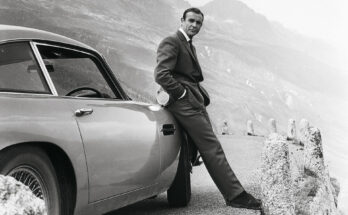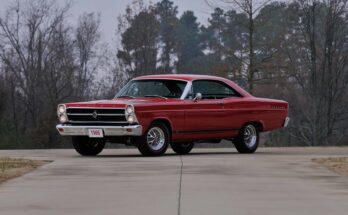Lincoln, the luxury vehicle division of Ford Motor Company, has produced iconic cars since its founding in 1917 by Henry Leland. From presidential limousines to Hollywood stars, here are seven of the most famous Lincoln cars in history, capturing their roles in tragedy, culture, and fame, based on their historical significance and media presence.
1961 Lincoln Continental (SS-100-X Presidential Limousine)
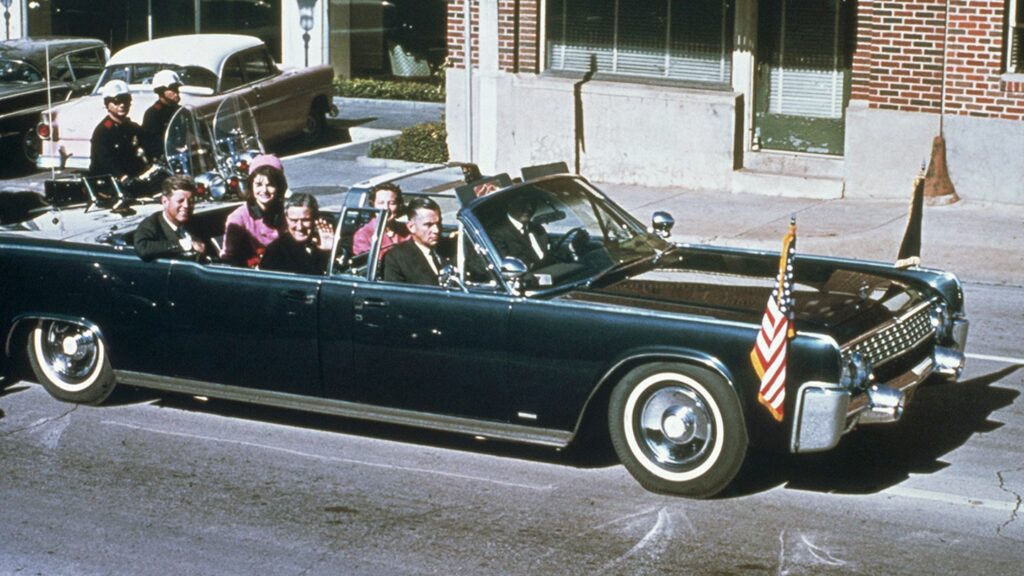
- Significance: This iconic four-door convertible, customized by Hess & Eisenhardt, was the presidential limousine in which President John F. Kennedy was assassinated on November 22, 1963, in Dallas, Texas. Known as SS-100-X, it featured a 430 cu in V8 engine and was modified with armor plating, a bubble-top (not used during the event), and other security features.
- Tragedy: The car became a symbol of national tragedy after the assassination, etched into history through images of that fateful day. It was later refurbished and used by subsequent presidents until 1977, now preserved at the Henry Ford Museum.
- Cultural Impact: Its somber legacy makes it one of the most recognized vehicles in American history, often referenced in documentaries and media about JFK.
1939 Lincoln Continental (First Generation)
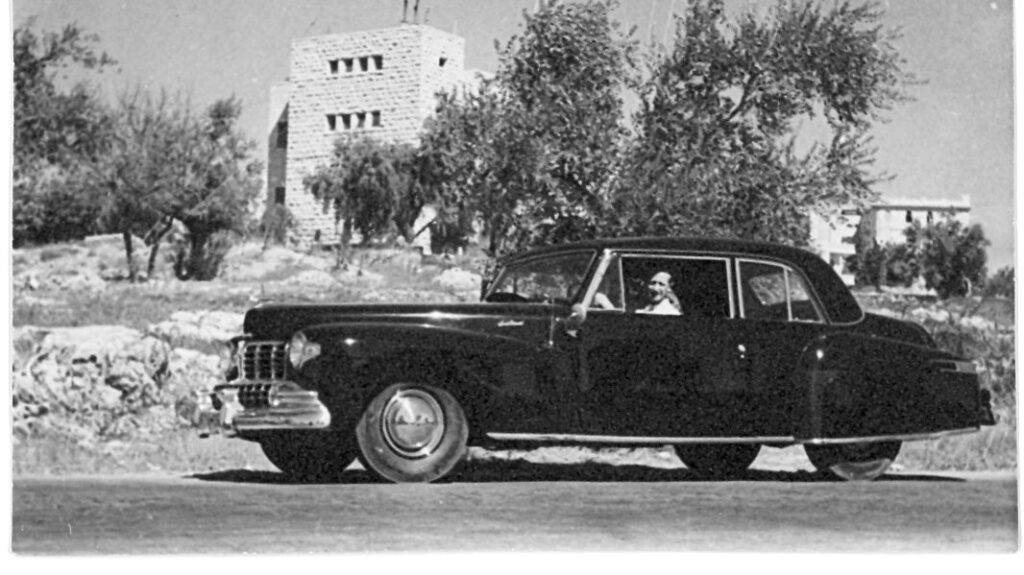
- Significance: Commissioned by Edsel Ford as a personal vehicle, this sleek convertible, based on the Lincoln-Zephyr, introduced the “Continental” name with its European-inspired design, including a rear-mounted spare tire. Powered by a 267 cu in V12 engine, it became a luxury icon after entering production due to popular demand.
- Cultural Impact: Architect Frank Lloyd Wright called it “the most beautiful car in the world,” owning two customized versions in Cherokee Red. Its elegant design set the tone for Lincoln’s luxury brand, influencing decades of styling.
- Fame: Its timeless aesthetic made it a favorite among celebrities and collectors, with well-preserved models fetching over $40,000 today.
1955 Lincoln Futura Concept
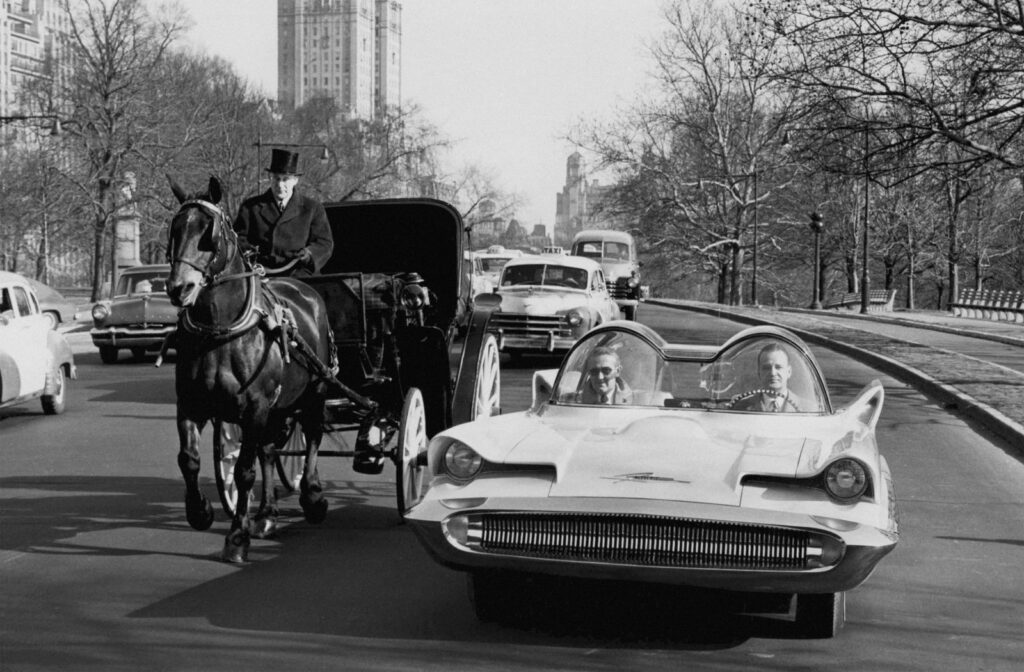
- Significance: A futuristic concept car built by Ghia in Italy for $250,000, the Futura featured a dual-dome plexiglass top, hooded headlamps, and advanced features like a push-button transmission. It debuted at the 1955 Chicago Auto Show.
- Hollywood Fame: Purchased by customizer George Barris for $1 in the mid-1960s, it was transformed into the Batmobile for the 1966 Batman TV series, becoming one of the most iconic vehicles in pop culture. Its distinctive fins and jet-age styling remain instantly recognizable.
- Cultural Impact: The Futura’s transformation into the Batmobile cemented its place in Hollywood history, symbolizing the 1960s’ fascination with bold automotive design.
1937 Lincoln Zephyr Coupe (Green Hornet’s “Super Speedster”)
- Significance: This modified 1937 Lincoln Zephyr Coupe was featured in the 1940 Green Hornet serial films as the hero’s “super speedster,” described as capable of “better than 200 mph” (a Hollywood exaggeration). Powered by a V12 engine, its streamlined design was ahead of its time.
- Hollywood Fame: As the Green Hornet’s ride, driven by the masked crime-fighter and his sidekick Kato, it became a pop culture icon for early superhero media, showcasing Lincoln’s sleek styling in action-packed serials.
- Cultural Impact: The car’s role in the Green Hornet series made it a precursor to later superhero vehicles, influencing the genre’s use of distinctive cars.
1964 Lincoln Continental (Deathmobile in Animal House)

- Significance: The fourth-generation Lincoln Continental, known for its rear-hinged “suicide doors” and boxy, elegant design, was powered by a 430 cu in V8 (later 460 cu in). Its understated luxury made it a cultural touchstone of the 1960s.
- Hollywood Fame: In the 1978 comedy National Lampoon’s Animal House, a 1964 Continental was transformed into the “Deathmobile,” a chaotic, armor-plated vehicle used in the film’s climactic parade scene. Its destruction became a memorable cinematic moment.
- Cultural Impact: The car’s role in Animal House added a humorous chapter to its legacy, contrasting its dignified design with comedic anarchy.
1956 Lincoln Continental Mark II
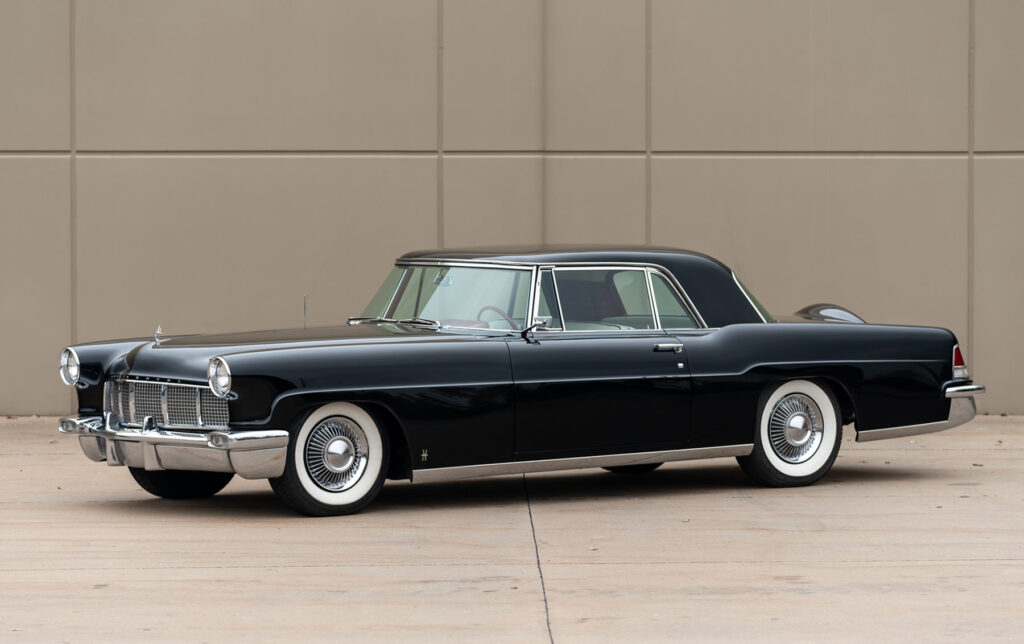
- Significance: Priced at $10,000 (equivalent to a Rolls-Royce at the time), the Mark II was a hand-built personal luxury coupe with a 368 cu in V8 engine. Its minimalist, elegant design competed with the world’s finest luxury cars, featuring high-end materials and craftsmanship.
- Cultural Impact: Favored by celebrities and elites, including Hollywood stars and dignitaries, it solidified Lincoln’s reputation for exclusivity. Only about 3,000 were produced, making it a collector’s gem today, with values exceeding $50,000.
- Fame: Its association with 1950s glamour and its rarity enhance its status as a symbol of mid-century luxury.
1989 Lincoln Town Car (Presidential and Luxury Icon)
- Significance: The Lincoln Town Car, introduced in 1981, became a symbol of American luxury with its body-on-frame construction, 460 cu in V8 engine, and plush interiors. The 1989 model, used in the presidential fleet, featured heavy modifications like armor and a raised roofline for security.
- Cultural Impact: A staple of limousine services and executive transport, it was the car of choice for U.S. presidents until 1993. Its imposing presence and classic styling made it a favorite in films and TV, embodying 1980s and 1990s luxury.
- Fame: Its widespread use in media and by dignitaries, combined with its long production run (until 2011), made it a recognizable symbol of American opulence.

